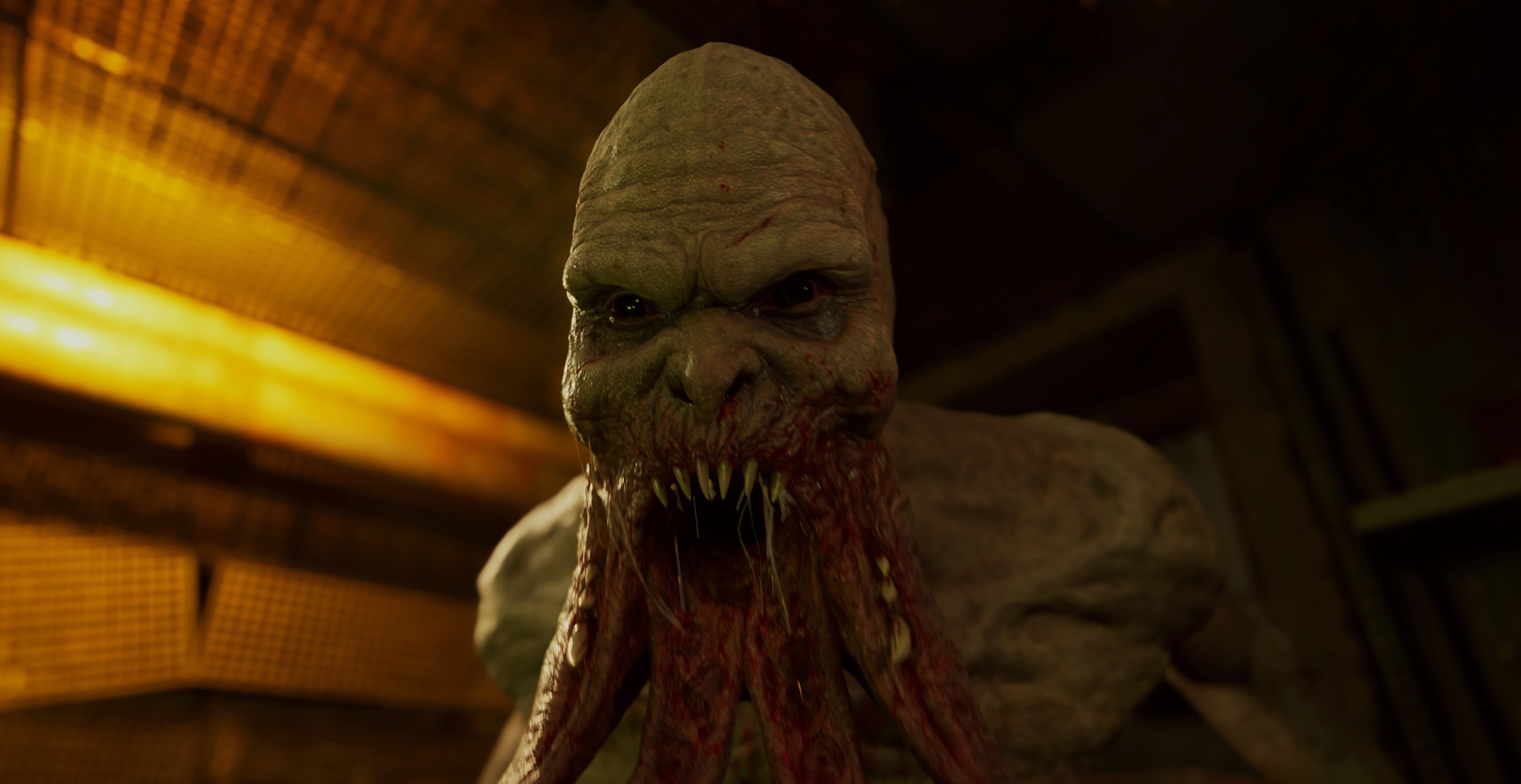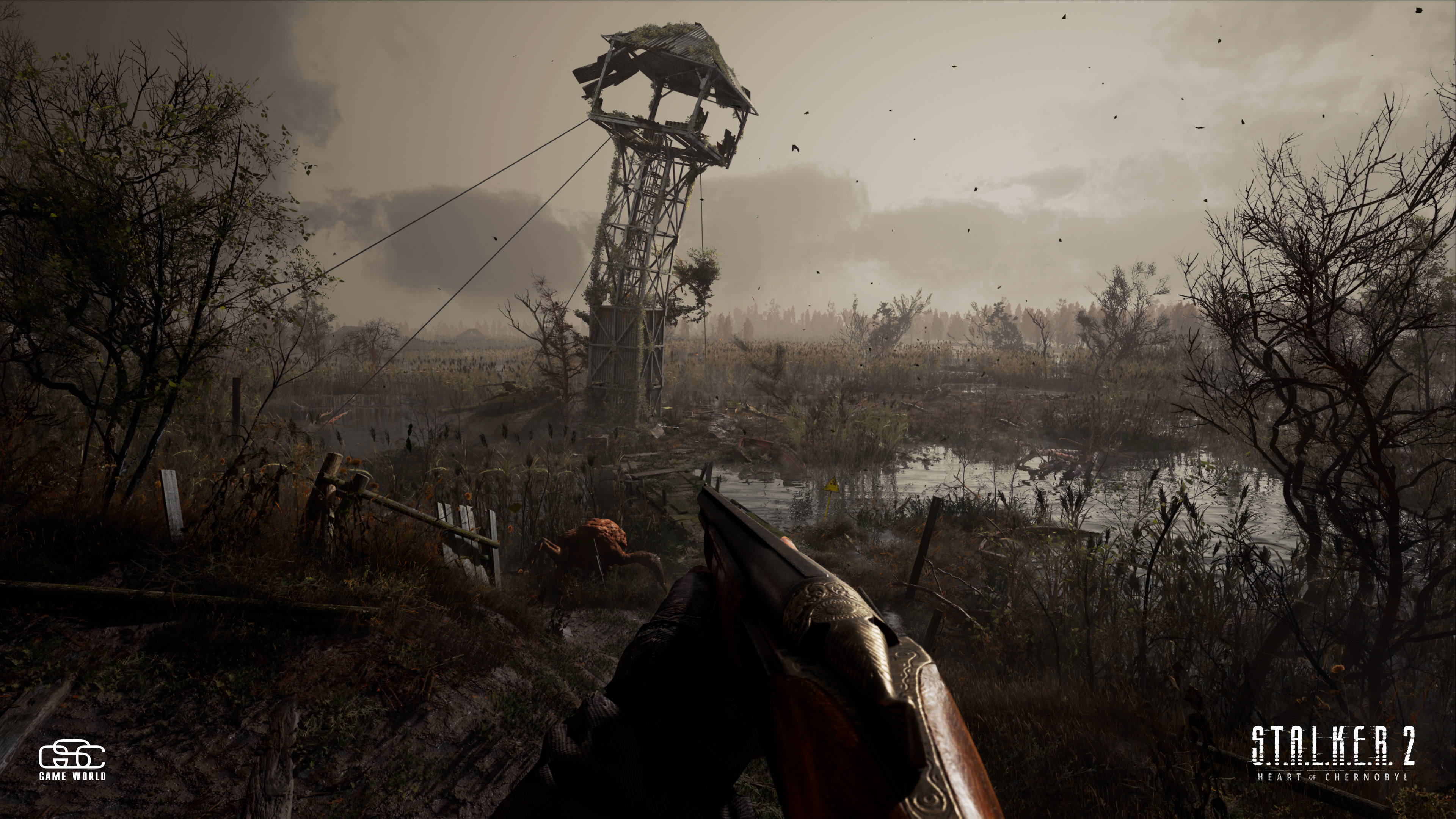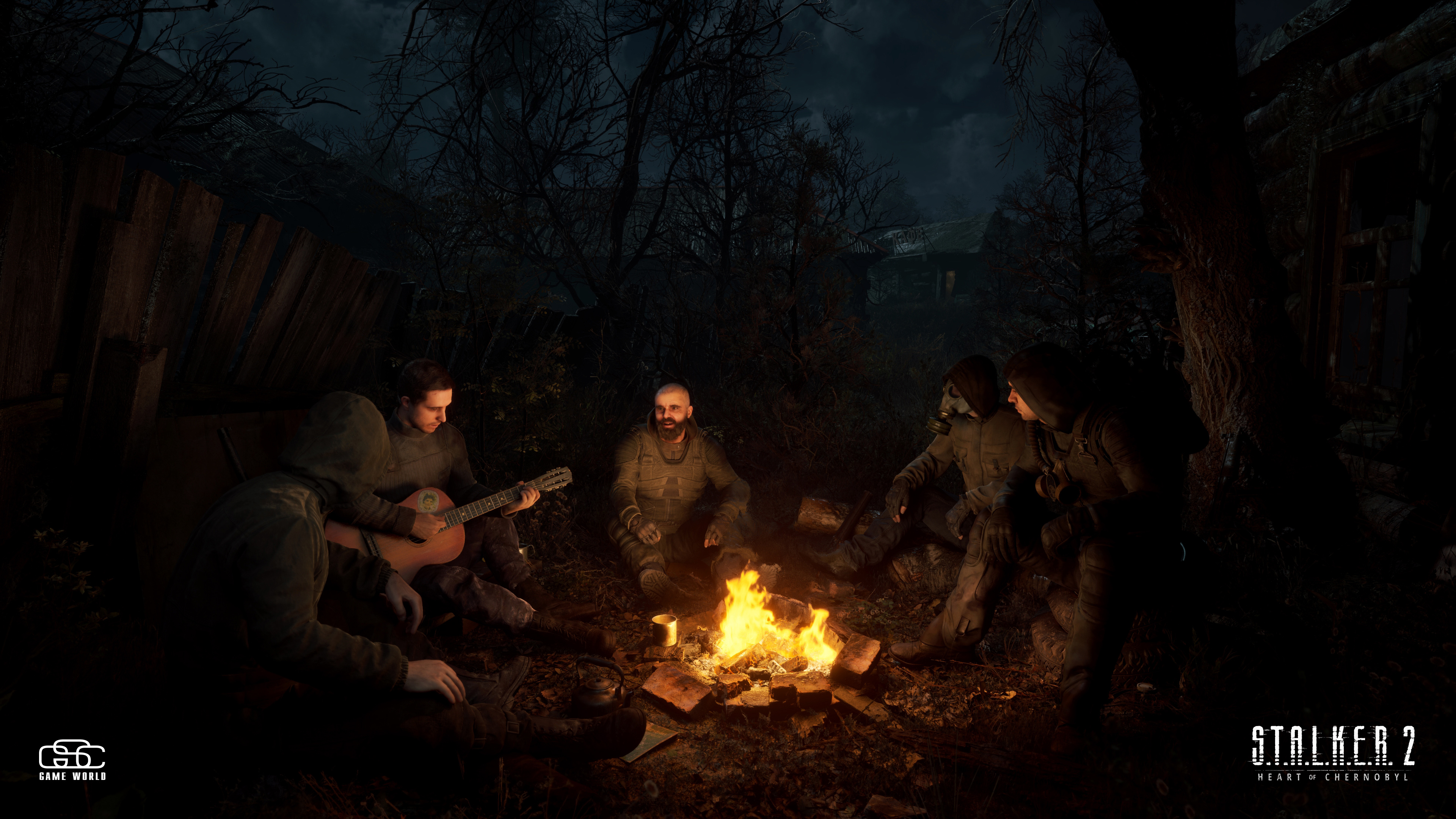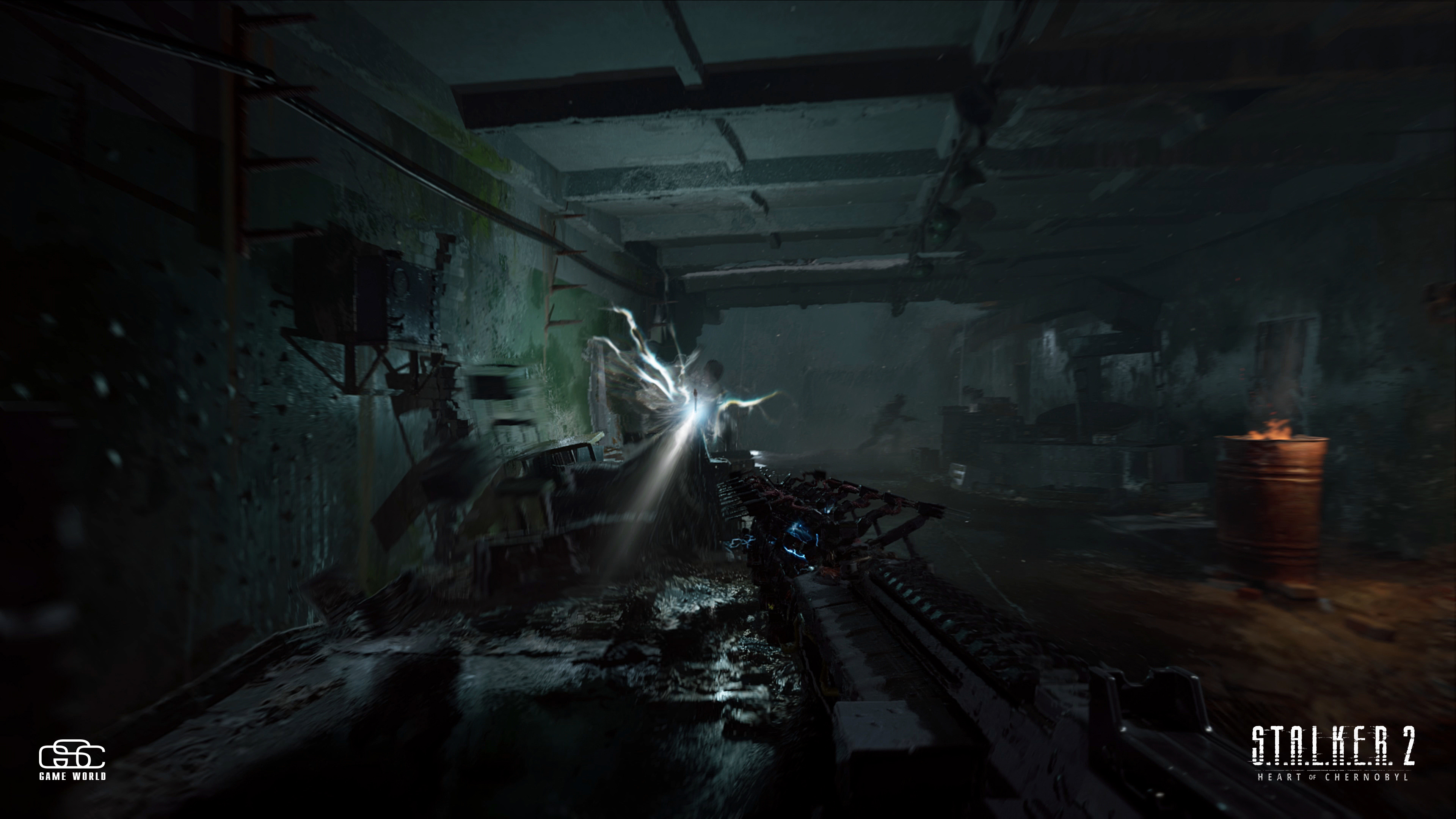
Being a Stalker fan is an exercise in managing expectations. The first game, Shadow of Chornobyl, was brutally cut down from its original premise, with features like vehicles, survival systems, and a seamless open world removed. The follow-up, Clear Sky, was broken on release, beleaguered by bugs and featuring a dynamic faction system that didn’t work. Call of Pripyat is the closest the series has come to realising its potential, but it still felt like it was grasping at an idea it couldn’t quite reach.
That’s why I’m managing my optimism for Stalker 2, which was fully unveiled at this year's E3. Subtitled Heart of Chornobyl, it looks like it might finally be the game GSC Game World has intended to make for almost two decades. For the first time in the series’ history, Stalker 2 features a seamless open world, letting players explore Chornobyl’s exclusion zone without once running into a loading screen. And by the looks of the trailer revealed at Microsoft’s E3 showcase, it's a far more polished production than the three games that preceded it.

For a long-time Stalker fan, these improvements are exciting. But the trailer also left me with questions and concerns. To begin with, the trailer was extremely slick, to the point where I couldn’t help but wonder how representative it is of the game behind it. Stalker has always been a roughshod experience, one that has never quite lived up to its potential. Heart of Chernobyl seems like such a huge leap ahead of what's gone before, that it left me as much suspicious as it did impressed.
Perhaps it’s simply difficult for me to believe that a Stalker game can look this good, but I also think it’s prudent to treat E3 presentations with scepticism. The trailer focused primarily on highly scripted character interactions, stalkers chatting with one another over a campfire, a close-up encounter with a bloodsucker, an enjoyably bizarre dancing sequence. Actual footage of general play was limited to a few brief snippets. We see the player checking for anomalies and a tiny bit of combat, during which enemies are entirely static, hiding behind barrels or other pieces of cover.
My bigger concern, however, relates to what we didn’t see in the trailer, namely anything that hasn't appeared in Stalker before. Locations, anomalies, mutant wildlife like the Bloodsucker and the Flesh, nearly everything shown in the trailer is familiar.

For most Stalker fans, a Stalker game that’s basically a re-run of Shadow of Chernobyl, only with modern production values and a properly interconnected open world, will be enough to get them on board. But this might not be enough to attract new players. The industry has changed enormously since Stalker’s debut in March 2007. When Shadow of Chernobyl first released, the idea of an open-world shooter was relatively new. Far Cry—the first game to demonstrate the potential of shooters where players could choose their approach—was only a couple of years old, while Crysis wouldn’t release for another nine months.
Even in its compromised state, Shadow of Chernobyl was trailblazer, lending it an appeal that made it much easier to look past its weird structure and wonky presentation. The same cannot be said today. Far Cry alone has five (soon to be six) games in the series, while the subgenre extends to games like Borderlands, RAGE, and even Fallout. Stalker isn’t even the only open-world shooter featuring a dilapidated Eastern-European setting, with Metro: Exodus having encroached on Stalker’s territory in 2019. Stalker 2 has further competition going forward, with games like Chernobylite and Atomic Heart demonstrating a similar tone and atmosphere.
The biggest gaming news, reviews and hardware deals
Keep up to date with the most important stories and the best deals, as picked by the PC Gamer team.
My concern is that GSC finally achieving their original vision won’t be enough to make Stalker 2 stand out. What seemed radical in 2007 is now familiar, while the space that Stalker used to occupy alone is now thronged with imitators. What I really want to know about Stalker 2 is how the game is going to push the series forward, to take the basic premise and mechanics of those early games and use them to conjure new experiences, without simply regurgitating the experiences of the past.

There was one moment in the trailer that gave me hope Stalker 2 will be more than a pretty retreat. Right at the trailer’s end, we see the player character walking through a crumbling concrete building, wielding a strange electrical weapon resembling a gauss gun. After blasting away a couple of enemies, he approaches a gap in the wall and looks out toward the enormous Duga radar array, wreathed in lightning as a huge black stormcloud roils overhead.
That’s something I haven’t seen in Stalker before. I want the rest of the game to be more like that. I want to see the Zone grow and evolve and change, to be confronted with new examples of Stalker’s weird and distinctive world. I don’t want Heart of Chornobyl to be the game GSC intended in 2007, an exercise in refined nostalgia, enjoyable but in itself unremarkable. I want it to be a game that blows my mind today, that elevates Stalker's concept rather than simply making it look and feel nicer.
Rick has been fascinated by PC gaming since he was seven years old, when he used to sneak into his dad's home office for covert sessions of Doom. He grew up on a diet of similarly unsuitable games, with favourites including Quake, Thief, Half-Life and Deus Ex. Between 2013 and 2022, Rick was games editor of Custom PC magazine and associated website bit-tech.net. But he's always kept one foot in freelance games journalism, writing for publications like Edge, Eurogamer, the Guardian and, naturally, PC Gamer. While he'll play anything that can be controlled with a keyboard and mouse, he has a particular passion for first-person shooters and immersive sims.

